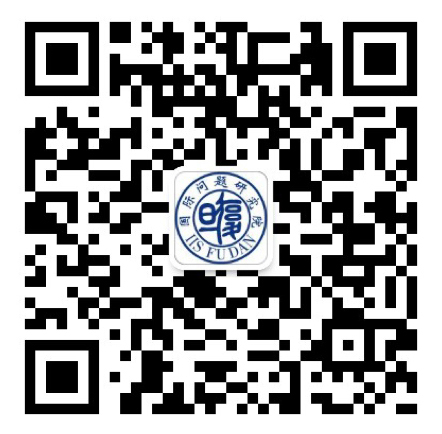Kim Jong-un, top leader of the Democratic People's Republic of Korea, just paid his fourth visit to China. The visit is significant.
First, it confirms efforts towards denuclearization. In the previous three visits to China, official news statements from both countries made no reference to denuclearization. For the first time ever, official press releases confirmed the DPRK’s determination to carry forward denuclearization, which is also echoed in Kim Jong-un’s New Year message on 1st January. There are signs of convergence between the US and the DPRK in denuclearization, as the DPRK indicated it would not manufacture, test, use, or proliferate nuclear weapons. Though it still falls short of the CVID (complete, verifiable, irreversible dismantlement) requirement by the US, which in essence comprises two elements, the new announcement by the DPRK means the two interlocutors at least converge on the first element. In his meeting with President Xi Jinping, Kim Jong-un reaffirmed his position and demonstrated flexibility, which may lead to further convergence with the US position, heralding positive development on the Korean Peninsula.
Second, it underscored China’s pivotal role. Kim visited China on the eve of his birthday on 8th January as a sign of goodwill to China, which underscores the solid foundation of China-DPRK relations. Kim paid three visits to China in 2018, thus cultivating good dynamics for bilateral ties. In return, the author suggests the leadership of China should avoid visiting the ROK before the DPRK. In engaging with the US regarding the Korean Peninsula, China has been sensitive to needs of DPRK, and Kim’s visit serves to reaffirm the solid bond between the two countries. At every crucial moment, there will be people questioning the role played by China in an attempt to tip the balance on the Korean Peninsula, which may disrupt the peace process in the region.
Third, it showed the attitude towards the US has changed. This is the second time that Kim met with President Xi Jinping before his meeting with President Trump. In a way, Kim and Trump share a symbiotic relationship. Neither could achieve what they pursue without the other. The see-saw dynamics between the US and the DPRK will persist, and that calls for a third party to break the stalemate now and then. The DPRK has destroyed its testing grounds, but the US remains close at its heels, and the DPRK has warned of “new path” if the US continues to break promises. The latest announcement that it would not manufacture, test, use, or proliferate nuclear weapons has shown DPRK’s patience is running thin. The U,S on the other hand, insisted that the DPRK’s words are not matched by actions, and CVID should remain the biding principle to go by. China’s role is indispensable to bring the two countries to meet each other halfway.
Fourth, it will spur DPRK’s development. Economic development is high on Kim’s agenda during his visit to China. The country still struggles to feed its population due to prolonged sanctions by the US. Kim’s leadership and authority hinges on whether economic and livelihood issues are adeptly handled, and it will have an important bearing on the denuclearization process. China understands Kim’s dilemma, so while China abides by UN resolutions on sanctions against the DPRK, it brings attention to the reversibility of these resolutions. China continues to provide humanitarian assistance in food and medicine and encourages it pursue denuclearization. This represents a moral responsibility to its neighbor, and a material contribution to the denuclearization of the Korean Peninsula.
Fifth, it breaks new ground on the peace process. Trade tensions between China and the US have abated somewhat, Kim is committed to denuclearization, and China has brokered a second Kim-Trump meeting. Nevertheless, China and the US are heading towards a relationship characterized by strategic competition, posing added uncertainty to the Korean Peninsula in the long term. For relations between the US and the DPRK, structural contradictions and the tenure of the leaders bring variables into the equation. Kim’s visit to China is like a roadshow for Kim’s “new path”, which may be triggered in the following scenarios. First, the US opts to impose pressure without giving anything in return. Second, as a response to power competition between China and the US should it extend to the Korean Peninsula. Third, as a response to a change in the American administration. It seems that Kim has found ways to navigate the situation. He would remain committed to security safeguards and denuclearization, which would generate positive momentum, instead of passively reacting to the whims of the US.
(By Professor Zheng Jiyong, Director at the Center for Korean Studies, Fudan University)
(Source: China-U.S. Focus)






